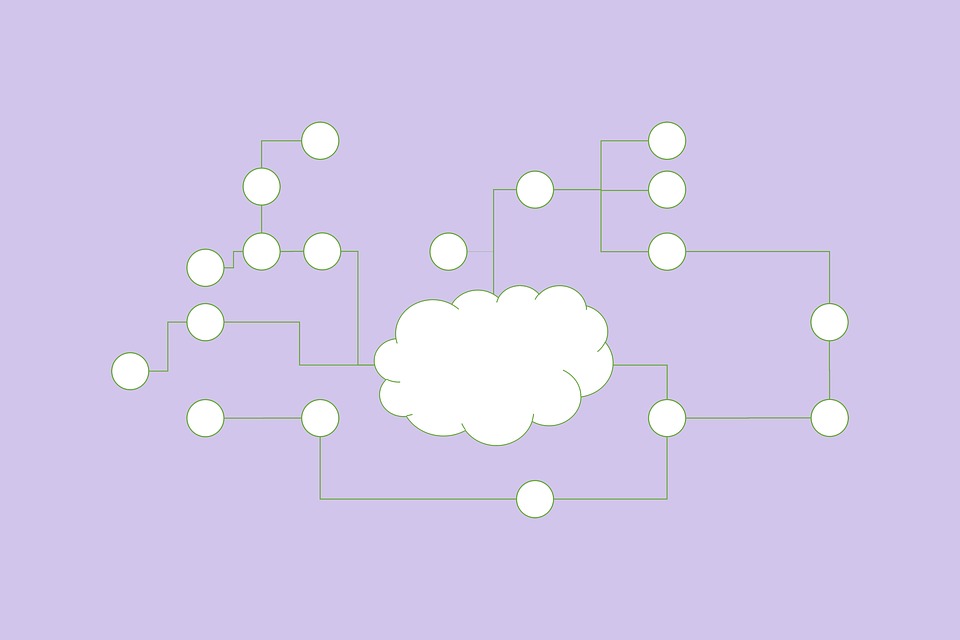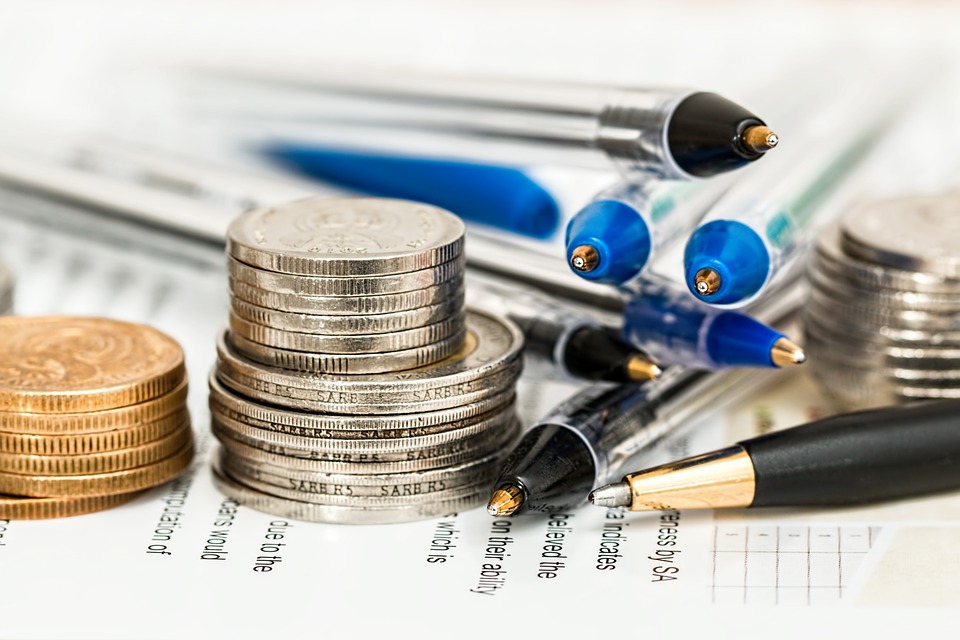The concept behind the Internet of Things (IoT) might sound fascinating to regular people, but for us industry professionals, it’s merely a product of technological evolution. The truth is, IoT has been around for decades and only recently did its power to make everything smart come into the limelight. In fact, the term Internet of Things was unknown to nearly 87 percent of people even in 2014. Things are no longer the same, however, as the technology is rapidly growing and evolving, and devices are now “talking” to one another behind our backs. The question is, what does the future of IoT tech look like? The answer warrants a closer look at the latest industry trends and facts:
1. Internet of Things is not something new
IoT has permeated almost every industry nowadays, from health care to automotive. But the first sector to embrace IoT-enabled devices was the banking sector way back in the 1970s when the first ATMs went online. And people have been using them for decades now. Earlier, we had little faith in “the hole in the wall” to protect our personal details and thus, were reluctant to use passwords and credit cards. However, being connected to the Internet of Things, ATMs provided a level of confidentiality unlike any other as they used the Internet for transmitting information. Once people realized this, consumers built trustworthy relationships with the machines that ensured total privacy and confidentiality.
2. The spread of IoT

Believe it or not, more objects were already connected to the Internet in 2008 than the total number of people on the planet. According to Morgan Stanley’s BI Intelligence report, the number of IoT devices will exceed 75 billion by 2020, which means that there is going to be seven devices per person alive during that period.
3. How IoT is changing
Thanks to the Internet of Things, a new wave of computing has emerged that bears similarities to the reality envisioned by science fiction writers of the 20th Century. IoT devices gather more data than any other form of technology, and it’s only a matter of time before the role of IoT undergoes a complete shift. Nowadays, IoT may be used to monitor and report details on various environments. Plus, the technology needs to make sense of all the data that it collects. The process is still ongoing, but will only increase in intensity. It’s only a matter of time before IoT gadgets not only provide environmental reports but offer insightful suggestions to technicians.
After a point, the role of the technician might not be necessary as IoT devices can offer intelligent insights that transcend from observing the world to changing it. Not only will the technology store and record data, but it will even make decisions for the human administrators. Moreover, the IoT gadgets can assess the best course of action for the systems they manage in a way that the individuals who calibrated them cannot.
4. Worthwhile investment

According to General Electric, industrial investments in IoT technology will hit $60 trillion over the course of the next 15 years. No wonder the company is using IoT to develop its jet engine technology. IDC also claims that global spending on IoT will exceed $1.7 trillion by 2020, up from $772 billion in 2018.
5. Staying ahead of the competition

Big businesses are trying to take advantage of the boom in the Internet of Things. According to research conducted by Forrester, in just the previous year 23 percent of the big worldwide enterprise businesses tried to get in on the IoT trend by opting for more solutions. On the other hand, the percentage of small and midsized businesses that invested in IoT solutions amounted to a mere 14 percent.
6. Assistance with disaster management
The current crop of IoT trends appears to highlight the application of technologies and processes that simplify the responses to dynamic security environment. Most conversations focus on the management of devices, systems, and deployments capable of withstanding the test of time. So, conversations with regulators are heading toward figuring out what IoT product developers plan on doing when the best-laid plans don’t work out the way they should. At the same time, regulators are understanding that compromises are not out of the question, and they are wondering what they can do to manage a host of devices that can potentially fail on a massive scale.
Unfortunately, the incentive to add security to consumer IoT devices doesn’t rank high on the list of priorities, as the cost cannot be recovered. Regulation might be the only way to implement security, which means that a trend should emerge from regulators and governments to identify the treats posed by consumer IoT devices and regulations must be devised to maintain their security.
7. The wearables industry keeps on growing

The wearable market is expected to be valued at $25 billion by 2019. These devices, including smartwatches and fitness trackers, are helping regular customers connect to the IoT. We are on the verge of an Internet-connected clothing era, and estimates indicate that a 10.2 million units are likely to be shipped by 2020.
8. Development of a unified integration framework
Among the largest challenges faced by IoT is the absence of cooperation in the industry when it comes to forming a unified IoT framework. Minus a central shared platform, organizations may spend numerous hours developing solutions that are virtually identical from each other.
The lack of collaboration has put a dent in the adoption of IoT solutions and resulted in considerable integration challenges. From the perspective of the developer, it has resulted in a messy and confusing patchwork of technology that has hindered development. And the outcome has prevented IoT from fulfilling its actual potential. No wonder a whopping 60 percent of projects fail right at the proof of concept stage.
Blockchain might hasten adoption by allowing the development of apps that possess high-performance thresholds, lending support to the necessary data-intensive processing. Medical companies using IoT-enabled robots for performing precision surgical tasks have experienced positive results and are capable of providing real-time performance data and insights.
What becomes evident from all this is that IoT is bigger than anybody realizes, and there’s a lot of untapped potential that people need to explore. The Internet of Things will help in faster technological develops, and make the environment safer and friendlier.
Photo credit: Wikimedia



